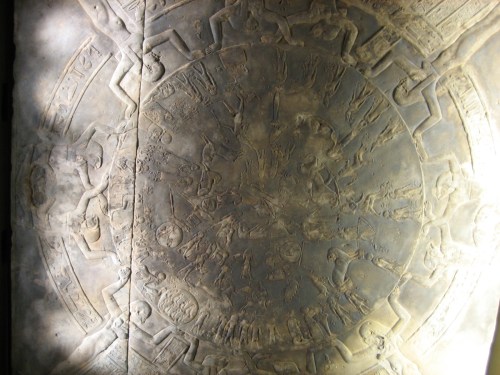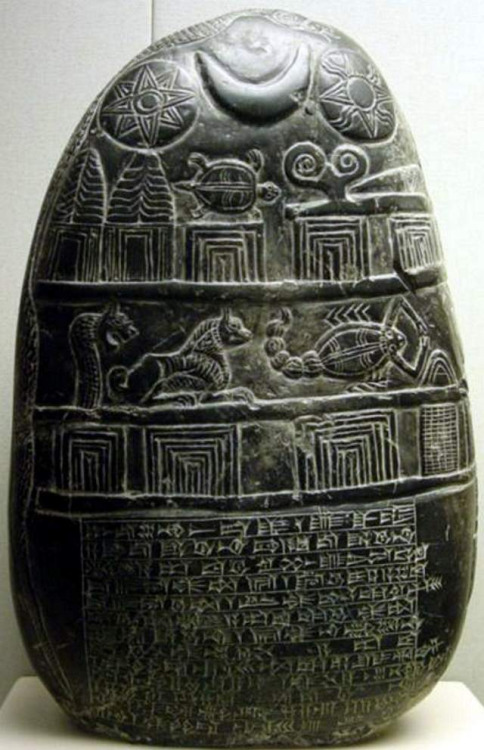Hesiod Fragment 304
“Hesiod’s riddle assumes a system of four world periods, each comprising a year of twelve months of which the first and the last are occupied by the creation and the destruction of the world, respectively.
The equal world periods of Berossus end alternately in a world inundation and a world conflagration, the former when all the planets are in the sign of the Capricorn, the latter when they are all in the sign of Cancer.
We have already pointed out that this astrological view of the end of the world is based on the rather obvious idea that the Great Year, like the ordinary solar year, has its summer and its winter, which according to Censorinus was even mentioned by Aristotle.
Plato did not relate the world flood and world conflagration to specific, actually impossible, stellar constellations. He ascribes the world conflagration to a disastrous deviation of the celestial bodies from their fixed courses. (Plato, Timaeus, 22d. In Plato the world catastrophes never lead to the complete destruction of the human race. Borossus himself, in his report on the Babylonian flood, makes no mention of the planets coinciding in the sign of the Capricorn.)
And he does not state anywhere that these world catastrophes mark the termination of the Great Year.
The Pre-Socratics held the view that human life is periodically destroyed by a total flooding and a total desiccation of the earth. This may even be implicit in Anaximander’s doctrine of the drying up of the world. (Anaximander, frg., A. 27).
In any case we find this concept clearly expressed in Philolaus, who knew two destructions of the world: one by fire pouring from the sky, the other by water from the moon, released by an inversion of the air; the vapors rising from the earth provide the cosmos with food. (Philolaus, frg., A. 18).
We must not visualize this as a sudden catastrophe but rather as a slow drying up of the earth until life is no longer possible, followed by a gradual moistening of the earth until it finally drowns in water.
Philolaus assumed an unceasing rising and sinking movement of the air and of the accompanying moisture present in the cosmos. Due to the heat of the sun, “the fire that pours from the sky,” the water on earth evaporates and the ascending vapors, which form the food of the cosmos, rise together to the moon. (According to Aëtius, De placitis philosophorum, II, 17, 4, this was taught as early as by Heraclitus, cf. FVS, I, 146).
When the earth is completely dried out and life has come to an end, the process is reversed, and by the opposite movement of the air the earth is gradually moistened until life revives. It is clear that this conception derives from the observation of the sun’s capacity to cause evaporation and of the falling of the dew on clear moonlit nights.
On his system Philolaus evokes a magnificent vision of the course of the cosmos in which the immensely long world periods succeed each other as the night the day.
This conception is highly consistent with the idea that one month of the world year is needed for the creation and one month for the destruction of the world. This makes it probable that the four eras of the Great Year assumed by the riddle of Hesiod were, in the original conception, alternately ended by flooding and drying up of the world.
The first period of which Berossus speaks was terminated by a world flood, from which it follows that the second period referred to in Hesiod, frg., 304, would have to end in “fire.”
R. van den Broek, The Myth of the Phoenix: According to Classical and Early Christian Traditions, Brill Archive, 1972, pp. 100-2.


